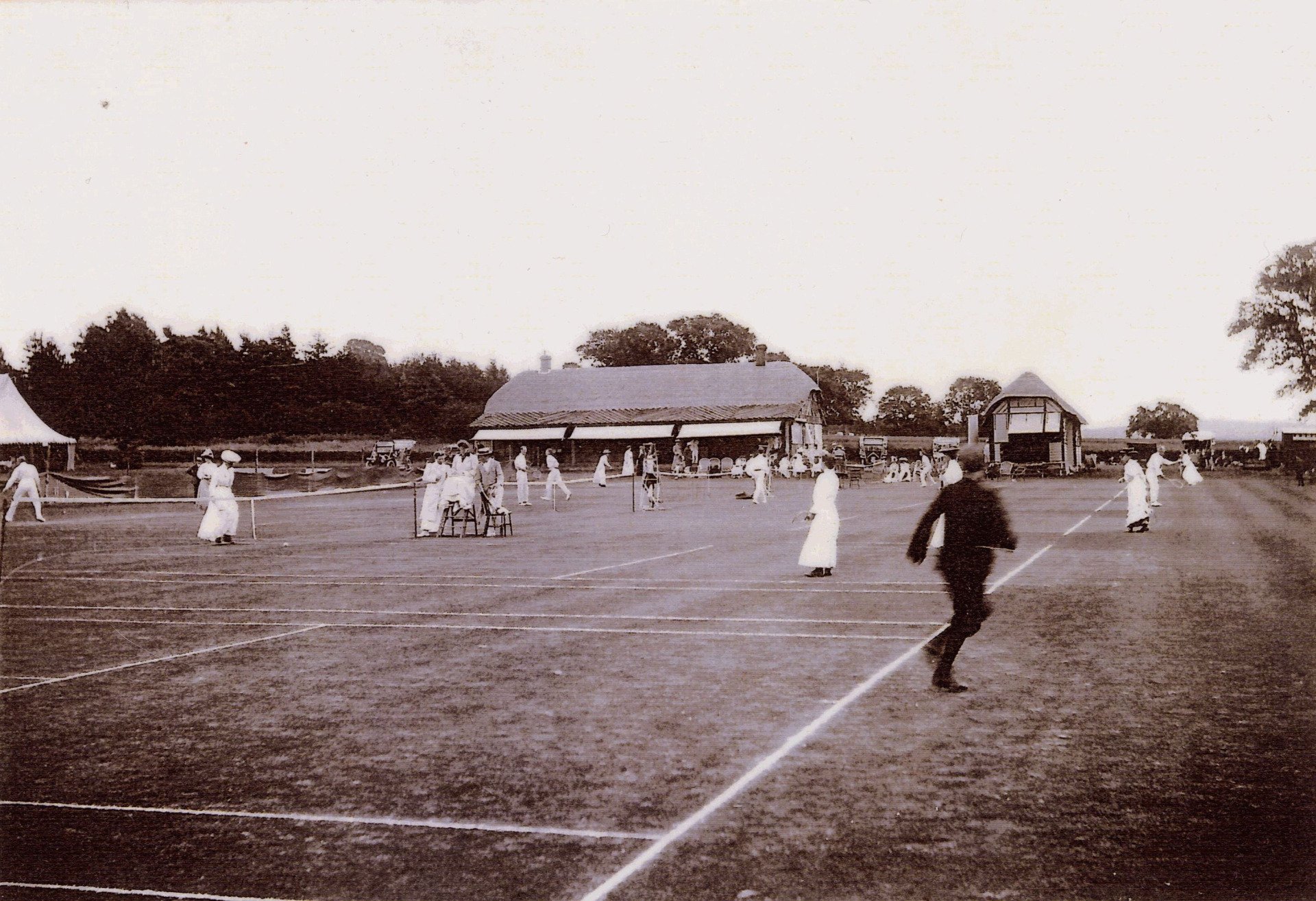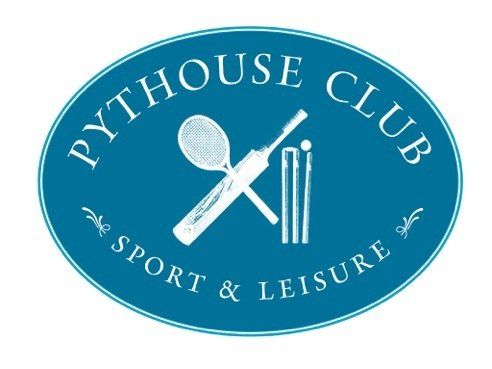
In its early years, Pythouse was not a club, but rather a private sporting facility for the benefit of the Benetts & their guests at Pythouse, with a cricket pitch and tennis courts. It is clear from the old photos of ladies playing tennis in long dresses that the heyday of the tennis goes back to Edwardian times. A photo hanging in the club showed the Duke of Somerset umpiring a tennis match, probably in the 20s or 30s.
We believe that Pythouse became a club after the First World War, but it is said that members had to be approved by Mrs Evie Benett who was happy to include farmers and ex-army officers, but excluded trade! Vere, the Benett heir, died in the early ‘20s from TB contracted in the war and the Benett family no longer needed a large sports facility. They also faced death duties following Vere’s death and considered letting the house & grounds. A brochure for the letting refers to the tennis tournament as being a ‘warm-up event for Wimbledon’ and the cricket pitch as ‘the best south of the Oval’!
Following the death of Mrs Benett, widow of ‘Mad Jack’ Benett and mother of Vere, in 1956 the Pythouse Estate passed to Sir Anthony Rumbold, father of the present owner.
The club continued successfully through several decades - an aerial photograph (seen on the website) taken in the late 50s or early 60s shows plenty of cars proving the popularity of the club for tennis, swimming and squash. Current members, including ex-chairman Brian Close, remember the club with affection in the 70s and 80s, when there were two hard courts, six grass courts, two squash courts (with UK ranked players) and a swimming pool with changing rooms. Pythouse Club was the place to be seen, although standards were strictly enforced at that time - letters were received complaining about the unacceptable behaviour of au pairs
at the club, and failure to observe the strict dress code, whilst new members had to appear before the committee for approval, before being accepted for membership.
The club had, however, relied heavily upon a large committee whose members gave up time to run and maintain the facilities and run functions, including summer balls. As alternative sporting venues opened and women pursued careers and had less time to help run the club, it became more difficult to manage, resulting in its collapse by 1986. During the 1990s, Clark Peters, the well-known American actor who starred in The Wire, took a lease on the club and spent money restoring the courts.
More recently, when the old clubhouse no longer proved viable and had fallen into disrepair, it was sold for redevelopment as a private house. In 2014, under the direction of the present owner, Sir Henry Rumbold, an injection of funds enabled the building of two new courts and an attractive new all-purpose clubhouse on the beautiful five acre site. Designed by architect Joshua Berry, the clubhouse has been built to an exceptionally high standard by local craftsmen in selected natural materials. It offers an elegant club room, changing rooms and showers, wi-fi, and a counter style kitchen for events.


